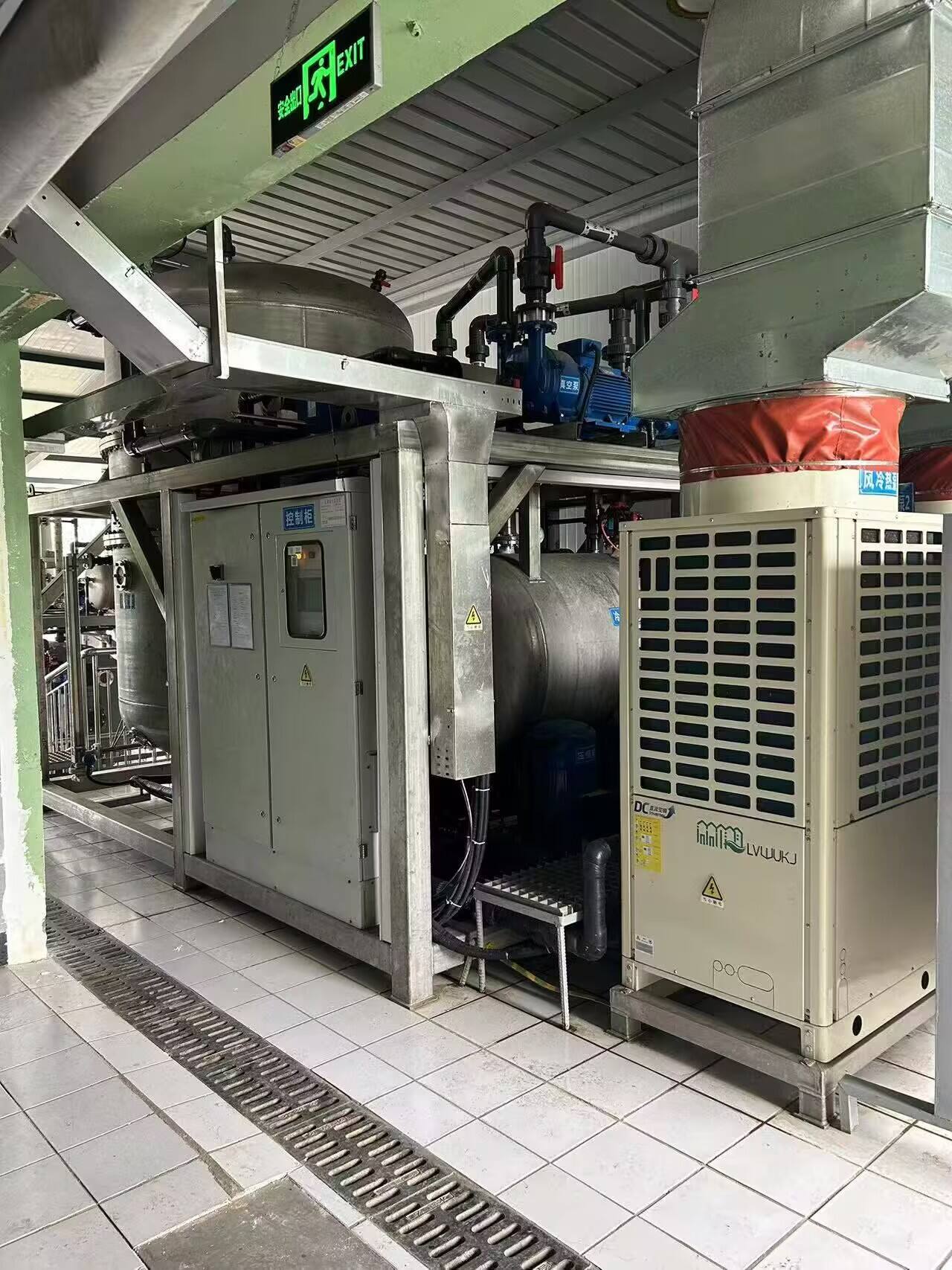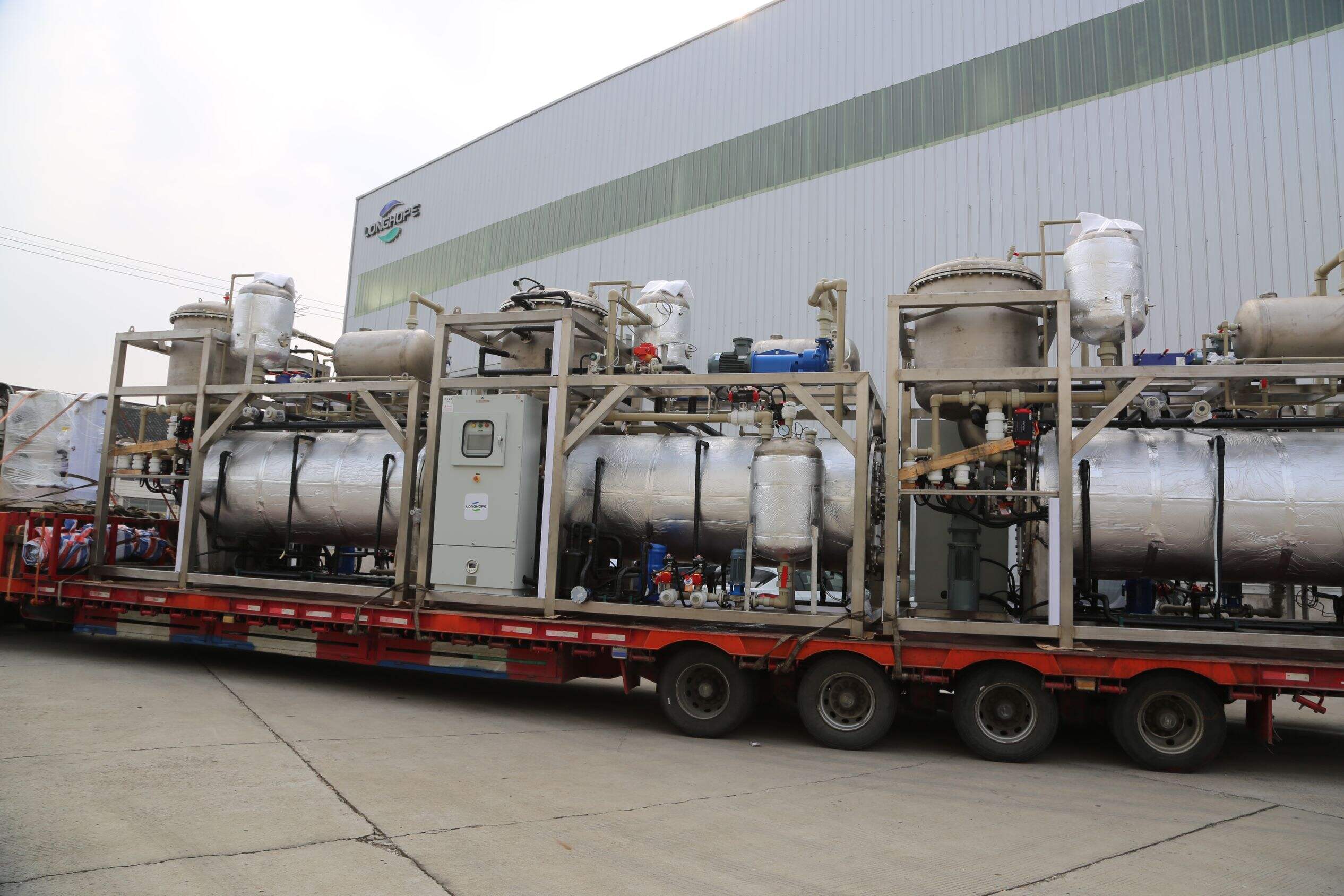textile effluent treatment plant
A textile effluent treatment plant is an advanced facility designed to process and purify wastewater generated by textile manufacturing operations. This sophisticated system combines physical, chemical, and biological treatment processes to remove contaminants, dyes, and harmful chemicals from industrial wastewater. The plant typically consists of multiple stages, beginning with preliminary treatment that removes large debris and solid waste. The primary treatment phase involves sedimentation and flotation processes to separate suspended solids. Secondary treatment utilizes biological processes where microorganisms break down organic pollutants. The advanced tertiary treatment stage employs cutting-edge technologies such as membrane filtration, advanced oxidation, and activated carbon treatment to remove residual contaminants and color. These plants are equipped with automated monitoring systems that continuously assess water quality parameters and adjust treatment processes accordingly. Modern textile effluent treatment plants also incorporate resource recovery systems that enable water recycling and energy conservation, making them both environmentally sustainable and economically viable. The treated water meets stringent environmental standards and can often be reused in manufacturing processes or safely discharged into natural water bodies.


